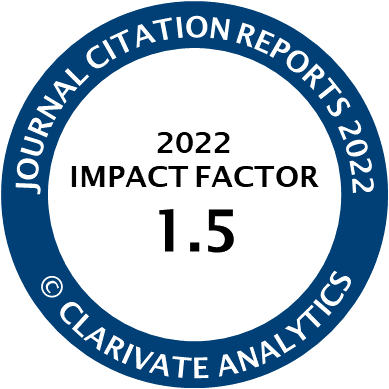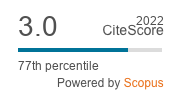Article | Open Access
Participation and Sharing, or Peaceful Co-Existence? Visions of Integration among Muslims in Switzerland
| Views: | 2750 | | | Downloads: | 1755 |
Abstract: At least three traditions in sociological thought address the question of social inclusion. In the systems theory proposed by Luhmann, inclusion means that individuals are able to adapt and gain access to functional subsystems, such as the labor market or the welfare state. In the tradition of Simmel, social inclusion is seen as an outcome of “cross-cutting social circles”. Both perspectives are addressed in Lockwood’s distinction between social integration and system integration. Building on these theoretical traditions, the study proposes a typology of migrant integration in which inclusion requires a realization of both social and system integration. Against this theoretical background, the paper deals with the question of which kind of integration the Swiss Muslims strive for through civic engagement. Drawing on narrative autobiographical interviews, the study reveals two main tendencies among the studied Muslims. While some seek an opportunity to engage with people of other worldviews through civic engagement (social integration), others limit their civic engagement only to those religious communities that cultivate a strong collective Muslim identity, and reduce their contact with non-Muslims to a peaceful co-existence (system integration). The study also shows that these two attitudes are associated with two views on outgroup tolerance. While the advocates of social integration are for liberal tolerance, the supporters of system integration show tendency towards multicultural tolerance.
Keywords: coexistence; inclusion; Muslims; participation; segregation; social integration; Switzerland; systemic integration; voluntary associations
Published:
© Michael Nollert, Amir Sheikhzadegan. This is an open access article distributed under the terms of the Creative Commons Attribution 4.0 license (http://creativecommons.org/licenses/by/4.0), which permits any use, distribution, and reproduction of the work without further permission provided the original author(s) and source are credited.




